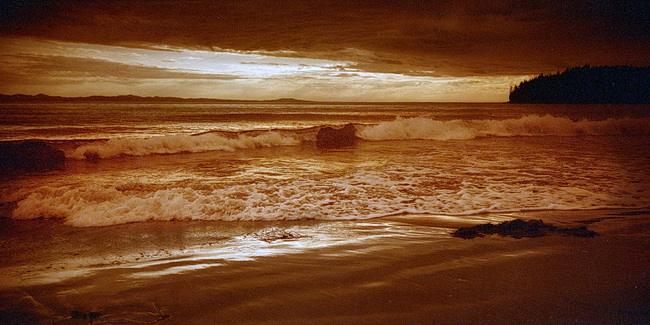
China Beach, Vancouver Island, BC.
(Camera: Belair X6-12; Lens: Belairgon 90mm; Film: Lomography Redscale XR)
One of the basic tenets of the Lomography movement is that photography should embrace random elements. Often this means using cameras with generous light leaks, lenses that eschew sharpness in favour of dreamy distortion, or going forth with a “shoot from the hip” approach to picture making. So when Lomography introduces a new film, it’s not surprising that it aligns nicely with that ethos. Thus we have Redscale — a film purpose-made to generate unusual and random colours.
Did you find this article interesting or helpful? If so, consider using this link the next time you shop at Amazon.com. Better yet, bookmark it for future use. Thanks to Amazon’s associates program, doing so costs you nothing yet helps keep this site up and running. Thanks!
For camera reviews, click here.
Previously, fans of this style of photography would have to respool normal, colour-negative film front-to-back so that the image passes through the orange mask of the film base before hitting the light-sensitive emulsion layer, resulting in an orange-tinted world view. What Lomography has done is similar, but slightly different. In other words, reversing Redscale film won’t get you regular colour film, as one might expect. (I know, because I tried and it didn’t make any difference.) But of course, you wouldn’t reach for Redscale in the first place if you wanted “normal” colours.
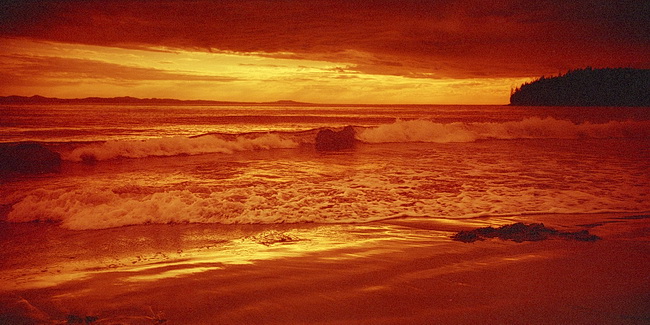
Another interpretation of the same negative used for the first image. A great deal of the final “look” depends on how the image is scanned and processed.
(Camera: Belair X6-12; Lens: Belairgon 90mm; Film: Lomography Redscale XR)
As the samples here illustrate, the effect is both striking and dramatic. It should be noted though that there isn’t a single Redscale look. If you scan your negatives, there’s virtually a limitless range of colour palettes you can conceivably invoke depending on the settings you use with your scanner’s software and whatever post-production adjustments you decide to make. That said, you’re not likely to get anything that looks “natural” in the conventional sense, but obviously that’s not the goal.
Another factor that influences the resulting colours is the ISO rating you select for the film. The box gives an ISO rating of 50 to 200, but notes that if you shoot at the higher end of that range, reds will dominate, and if you choose a lower ISO you’ll get more blues and greens. But the colour response is even more complicated than that summary might suggest. For example, if you look at the photos here (all shot at ISO 100), you’ll note that highlight areas where negative density is greatest are less red than shadow regions where the negatives are thinnest. You really do have to embrace randomness — there’s simply no way to predict what you’re going to get. This complex colour response is also why the effect can’t easily be duplicated with lens filters.
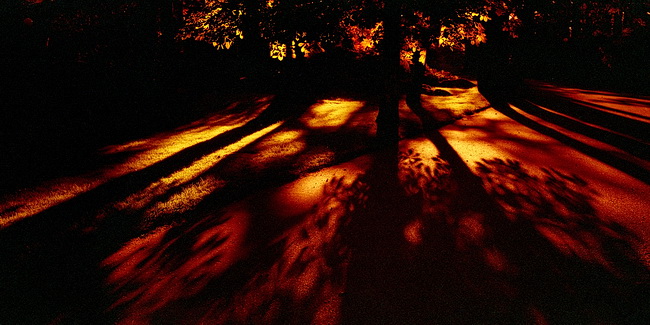
Backlit tree and shadows. This photo demonstrates how highlight regions tend to be less red than midtones and shadows.
(Camera: Belair X6-12; Lens: Belairgon 90mm; Film: Lomography Redscale XR)
Lomography Redscale is at once an extremely versatile film, and one with strict limitations. There’s a tremendous variety of tonalities possible with this film, but all of them exist within a specific range. In many respects, it shares a great deal with infrared photography — for most users it’ll be a specialty film for sometime use, not an everyday material. Whether or not it appeals to you at all depends on how you approach photography. If you follow the Ansel Adams approach and “previsualize” a specific result, Redscale is probably too unpredictable. But if you take pictures just to see what you might get, you’ll likely find the results novel and exciting. And any film with the potential to bring excitement to your photography is at least worth trying. Indeed, if you find yourself in the photographic doldrums, Redscale might just provide the spark needed to jumpstart your creativity.

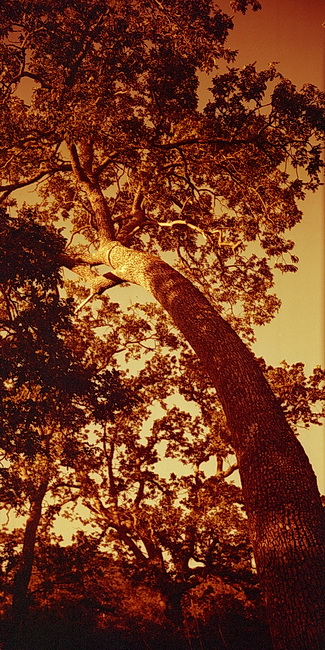
 Subscribe with RSS
Subscribe with RSS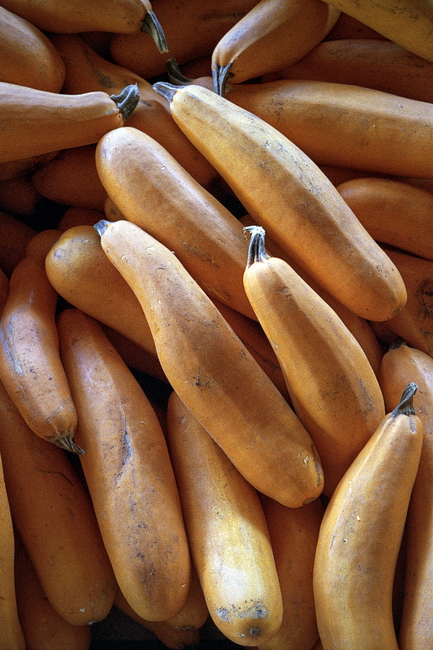

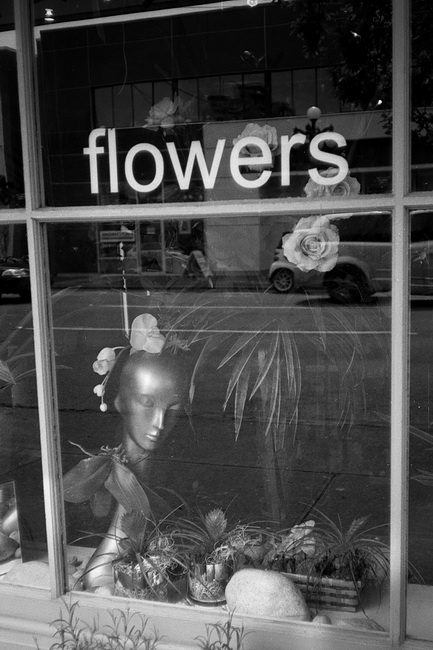
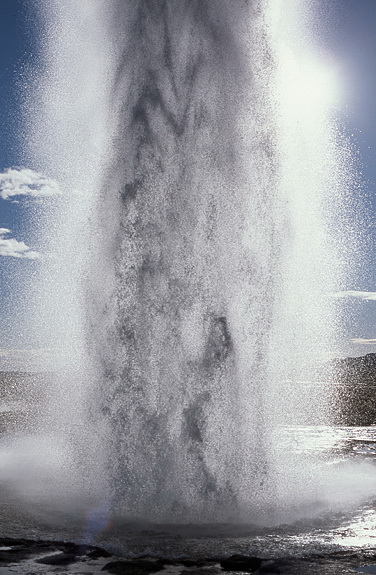
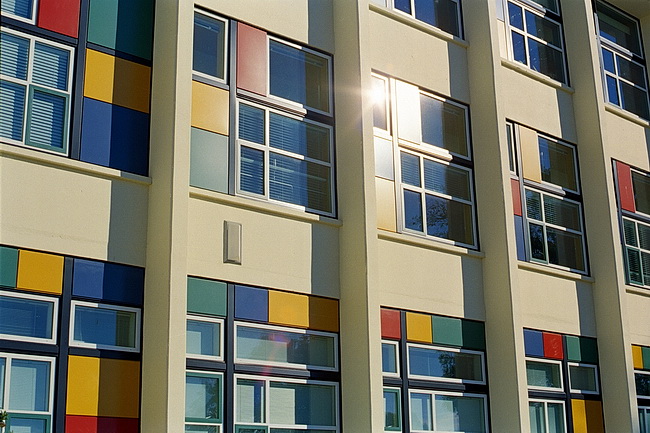
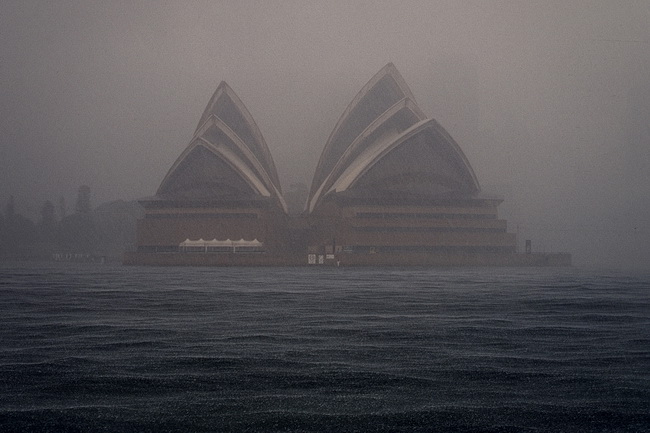
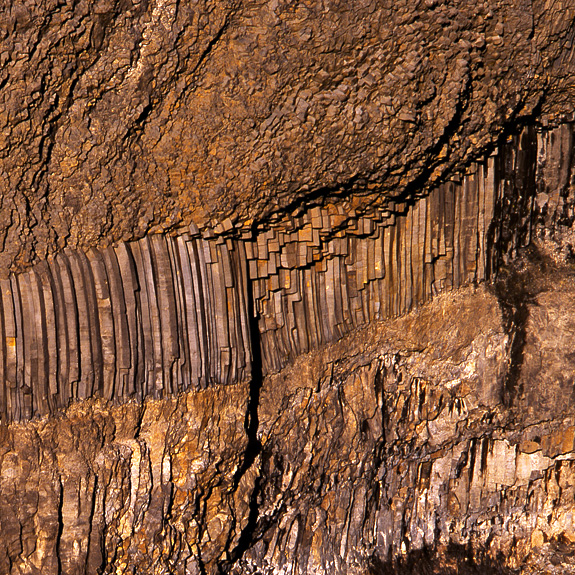
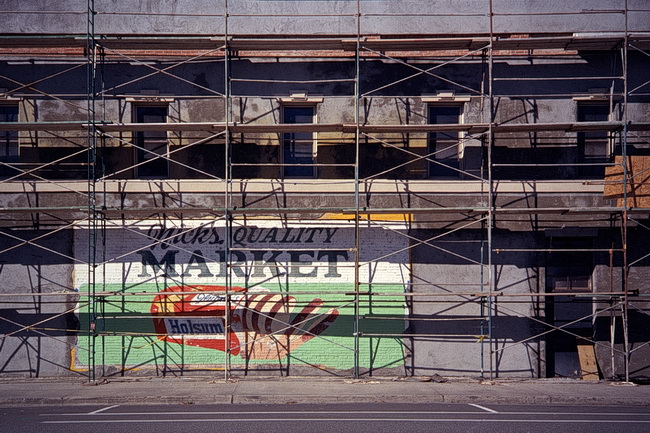
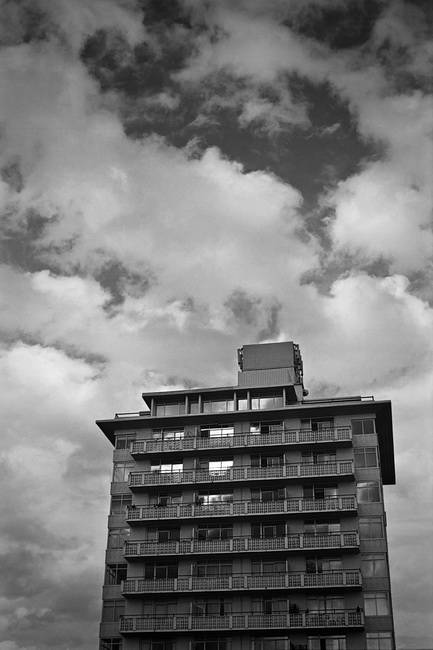
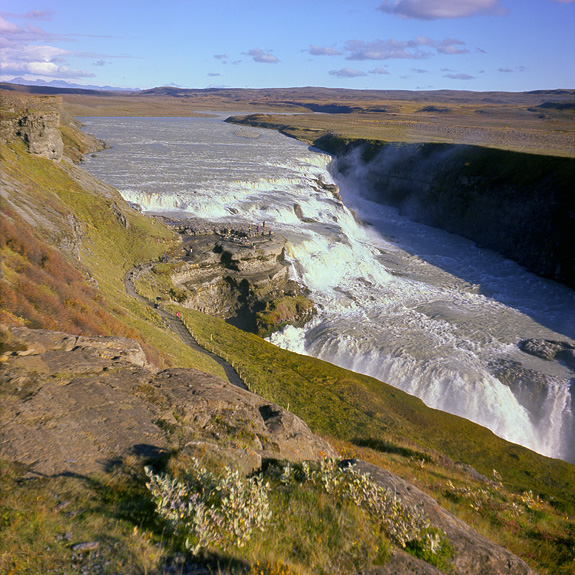
Hi Gary, Thanks so much for article as i have just got a Belairgon 90mm through as well as some Redscale XR film… Would you clarify for me what ISO setting i should use on the Belair to avoid underexposing the film – i understand it lets in less light than regular film as you are shooting against the ‘wrong’ side of the film..? Regards Jamie
I shot mine at ISO100, but you can try ISO 50, which is the Belair’s lowest setting. Within a range, there isn’t a “wrong” ISO setting, so experiement a bit and see which one provides the kinds of results you’re after.
I don’t even bother with lomography red scale. I usually ebay (if that’s a word,) Redscale film that is respooled….or reserved. I am thinking of giving Lomography redscale, a second chance…(third if you want to count the great guys at the film photography project Respooling redscale lomography for 620 cameras…It turned out yellow, not orange or red…)
My question is since I’m using my canon this time around not any of the holgas I have, when you shoot it with a filter such as an 85b pale orange or a red filter; What effects if any would it produce? I heard if you use a green filter (which I lost a year or two ago) It makes the red darker and pop out more but your backround is green(?)
Hi Gary, after so many years I found this interesting article.
You said “reversing Redscale film won’t get you regular colour film, as one might expect. (I know, because I tried and it didn’t make any difference.)”
It is very uncommon to reverse again this film but wonder how were your results? If you could show me or if you write such un article it will be much appreciated by Lomo community and film lovers.
All the best!
Catalin